40 minerals on food labels
Vitamins and Minerals | Nutrition.gov Interactive Food Label: Vitamins and Minerals. HHS, Food and Drug Administration, Center for Food Safety and Applied Nutrition. How can the Nutrition Facts label help you to choose foods rich in vitamins and minerals? Use this interactive resource to find out! Vitamins and Minerals Chart ... Minerals Food & Drink Labels | Zazzle Zazzle's Minerals food labels make it easy to mark your leftovers, create expiration dates, and sweet notes on your kids' lunches. Shop our wonderful designs now!
How Food Labels Show Minerals and Carbohydrates Potassium follows Sodium on the Nutrition Facts label and is essential to life. Potassium has many functions in our body. Among the most important are: Maintains fluid balance Controls electrical activity of the heart and other muscles Maintains optimal blood pressure by counteracting the effects of sodium Maintains acid to base balance
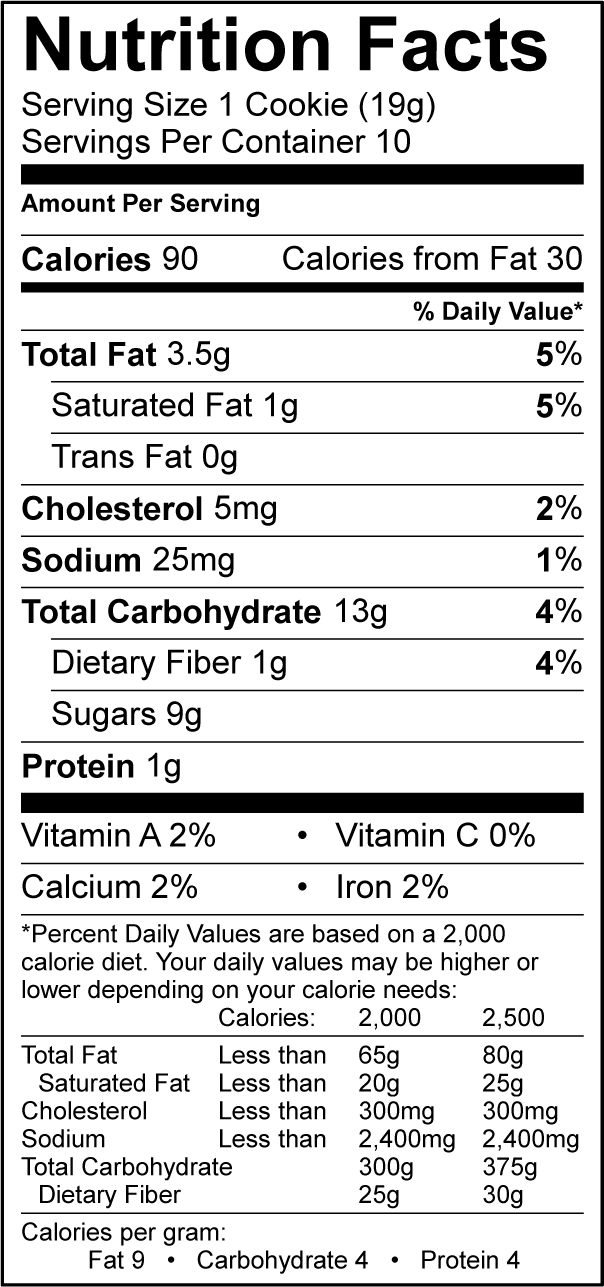
Minerals on food labels
How to Understand and Use the Nutrition Facts Label | FDA - U.S. Food ... Dietary fiber, vitamin D, calcium, iron ad potassium are nutrients on the label that Americans generally do not get the recommended amount of. They are identified as nutrients to get more of.... Vitamin, mineral daily requirements and good food sources -- Harvard ... RDAs, food sources for selected vitamins and minerals October 1, 2013 Recommended Dietary Allowances (RDAs) for selected nutrients commonly displayed on food labels What's New with the Nutrition Facts Label | FDA - U.S. Food and Drug ... Use the label to support your personal dietary needs—choose foods that contain more of the nutrients you want to get more of and less of nutrients you may want to limit. More often, choose foods...
Minerals on food labels. How to calculate percents of vitamins and minerals on nutrition labels? Biotin, choline, folate, niacin, pantothenic acid, riboflavin, thiamin, and vitamins A, b6, b12, c, d, e, and K are among the 14 vitamins that may be stated on the Nutrition Facts label. Minerals are inorganic substances present in soil and water naturally. How do you figure out how many macros are in a serving of food? New Food Label Spotlight: Vitamins and Minerals In the updated label, that same section will jettison vitamin A and vitamin C (the FDA asserts, "In the early 1990's, American diets lacked Vitamins A and C, but now Vitamins A and C deficiencies in the general population are rare"), replacing them with vitamin D and potassium. Calcium and iron will remain on the label. Food Labels | CDC - Centers for Disease Control and Prevention In general, eat more foods that are higher in vitamins, minerals (such as calcium and iron), and fiber. Eat fewer foods that are higher in added sugars, saturated fat, and sodium (salt), and avoid trans fat. Keep in mind that the % Daily Value of each nutrient, such as total fat of 10% in the example below, is based on eating 2,000 calories a day. Understanding Nutrition Facts on Food Labels - WebMD Serving Size: An Important Part of Food Labels. At the top of the Nutrition Facts section, you'll see the serving size (such as 1/2 cup, five crackers, or 10 chips) and servings per container (such as two, four, six). The food label then lists the number of calories, grams of fat, grams of saturated and trans fat, etc., per serving.
How to find vitamins and minerals not listed on nutrition labels? Vitamin D, calcium, iron, and potassium are the four vitamins and minerals that must be stated on every revised Nutrition Facts label. While calcium and iron were previously essential, vitamin D and potassium have now been added to the list, replacing vitamins A and C. Is folate classified as an AB vitamin? How to Read Food Labels: Your Complete Consumer Guide The words and images on packaged foods are there for one of two reasons — to sell or to inform. Food manufacturers want to present their products in as positive a light as possible and may sometimes make questionable claims about them. Regulators want the labels to include clear and honest data about quality, nutrients, and ingredients. Food labeling: MedlinePlus Medical Encyclopedia VITAMINS AND MINERALS Vitamin D, calcium, iron, and potassium are the only micronutrients required to be on the food label. Food companies can voluntarily list other vitamins and minerals in the food. PERCENT DAILY VALUE (% Daily Value) Many nutrients include a percent daily value (%DV). Daily Value on the New Nutrition and Supplement Facts Labels Which Nutrients Are Required to Be Listed on the Nutrition and Supplement Facts Labels? The Nutrition Facts label must list total fat, saturated fat, trans fat, cholesterol, sodium, total...
Minerals In Food - Definition, Types, Sources and Examples - BYJUS There are many examples of minerals in food; these include: Calcium Phosphorus Potassium Sodium Iodine Iron Magnesium The body also requires other minerals in trace amounts such as selenium, cobalt and molybdenum. These elements are known to have a specific function in the human body. Types of Minerals in Food Changes to the Nutrition Facts Label | FDA - U.S. Food and Drug ... The updated label appears on the majority of food packages. Manufacturers with $10 million or more in annual sales were required to update their labels by January 1, 2020; manufacturers with less ... What Vitamins And Minerals Are Required On A Food Label No different declarations of diet data is allowed on the label, apart from these listed beneath: Necessary Nutrient Elements Energy "Fat" or "Total Fat" Saturated Fats Trans Fats "Cholesterol" "Sodium" "Total Carbohydrate" "Dietary Fiber" "Total Sugars" "Added Sugars" "Protein Voluntary Nutrient Elements "Calories from saturated fat" "Fluoride" Where are the vitamins and minerals on a nutrition labels? The Nutrition Facts label may include the following 14 minerals: Calcium, chloride, chromium, copper, iodine, iron, magnesium, manganese, molybdenum, phosphorus, potassium, selenium, sodium, and zinc are some of the minerals found in the human body. On a nutrition label, how are ingredients listed?
Which vitamins and minerals are required on the new nutrition facts label? Minerals are inorganic elements that are absorbed by plants or ingested by animals and come from soil and water. To grow and stay healthy, your body requires higher levels of certain minerals, such as calcium. What are the five elements of a food label that must be present? 5 Essential Elements to Include on Your Food Label. Ingredients.
Which of the following vitamins or minerals is not required to be on a ... Other vitamins and minerals may appear on a food label for a variety of reasons. Other vital vitamins and minerals are sometimes stated on the label, especially if the product contains large amounts. Some vitamins, such as vitamin C, are water soluble, which means they can't be stored in the body and must be ingested on a daily basis. ...
What's New with the Nutrition Facts Label | FDA - U.S. Food and Drug ... Use the label to support your personal dietary needs—choose foods that contain more of the nutrients you want to get more of and less of nutrients you may want to limit. More often, choose foods...
Vitamin, mineral daily requirements and good food sources -- Harvard ... RDAs, food sources for selected vitamins and minerals October 1, 2013 Recommended Dietary Allowances (RDAs) for selected nutrients commonly displayed on food labels
How to Understand and Use the Nutrition Facts Label | FDA - U.S. Food ... Dietary fiber, vitamin D, calcium, iron ad potassium are nutrients on the label that Americans generally do not get the recommended amount of. They are identified as nutrients to get more of....

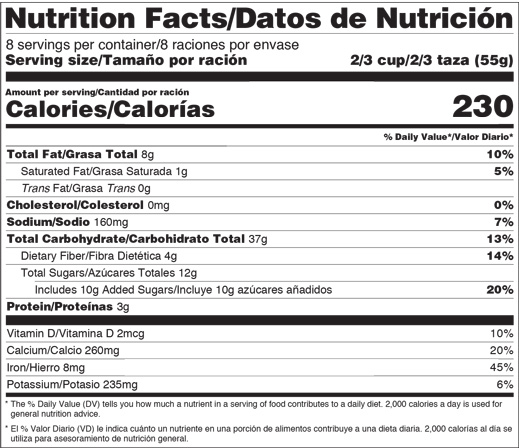

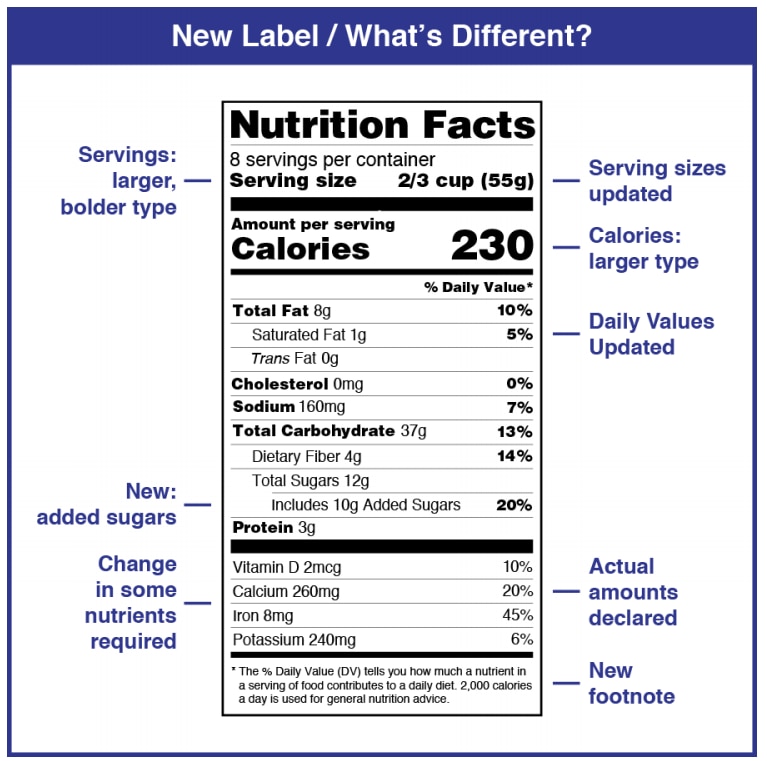



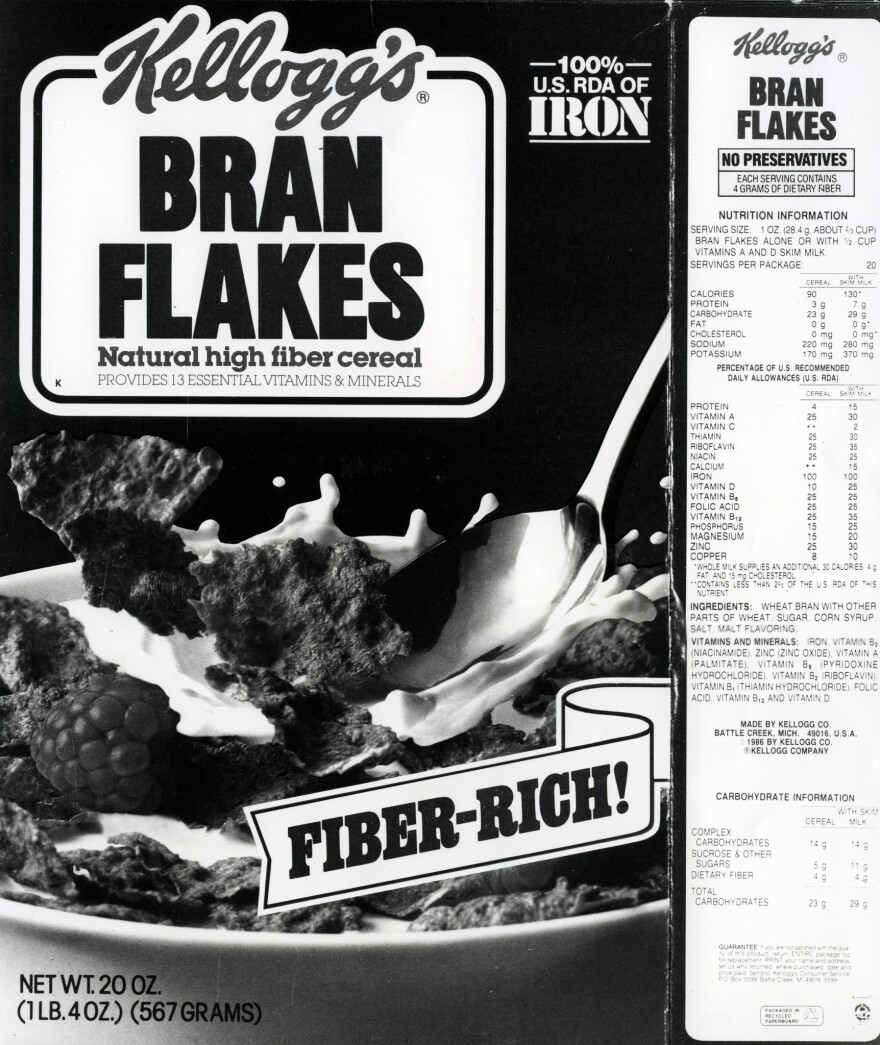
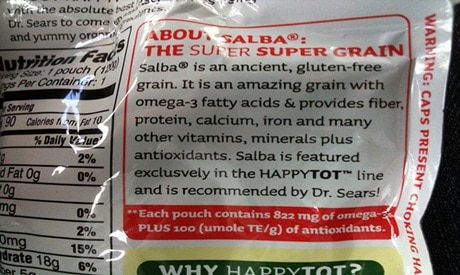





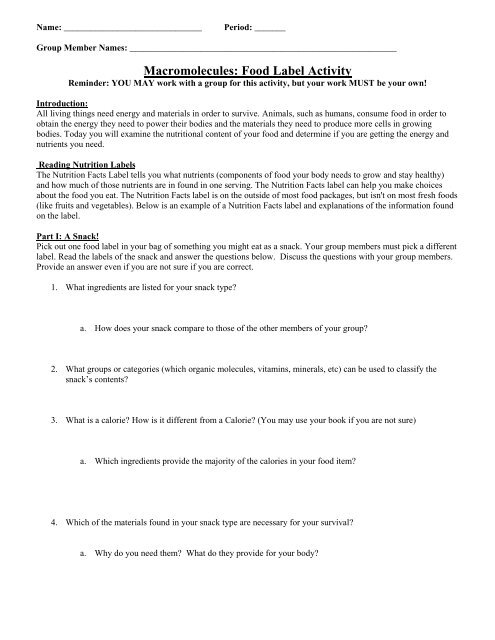

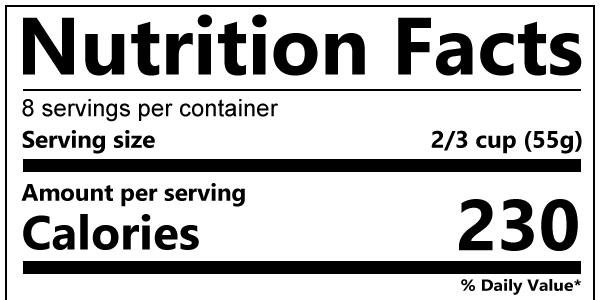
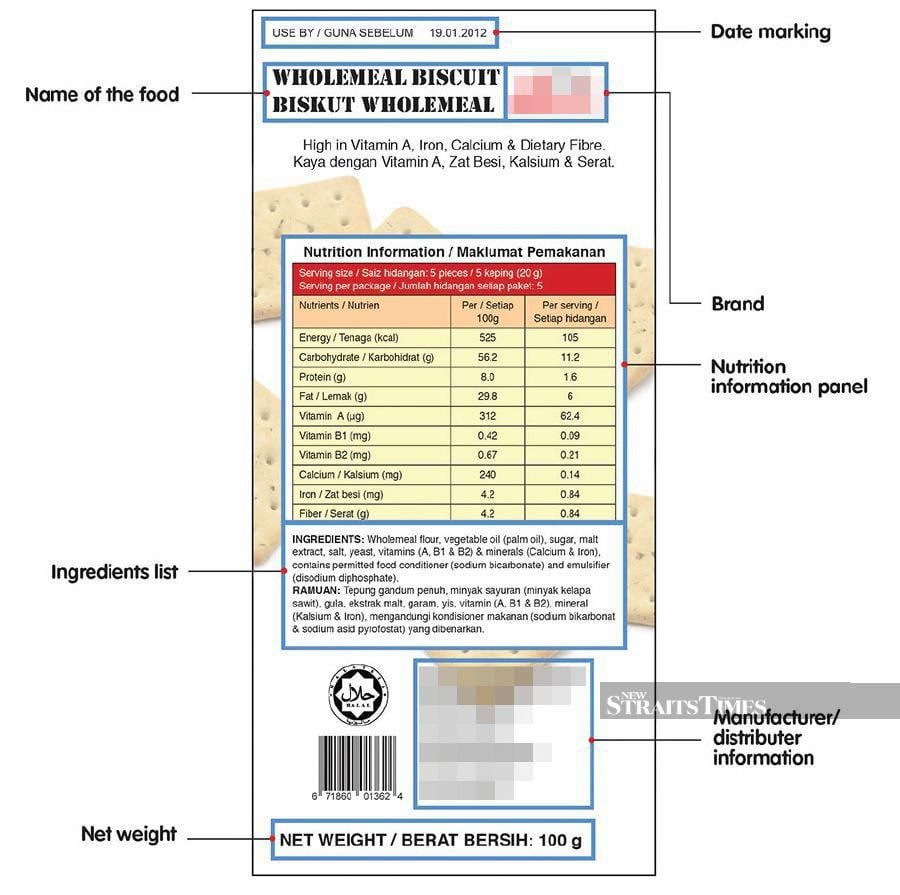
![PDF] Food Labeling: Revision of the Nutrition and Supplement ...](https://d3i71xaburhd42.cloudfront.net/6389ed84e38fbfc67396d58fe19481626c48f23e/6-Table1-1.png)
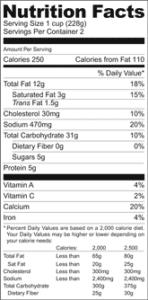



/read-food-labels-400x400-ab7c520faadc4ae8b1be34994e498b21.jpg)






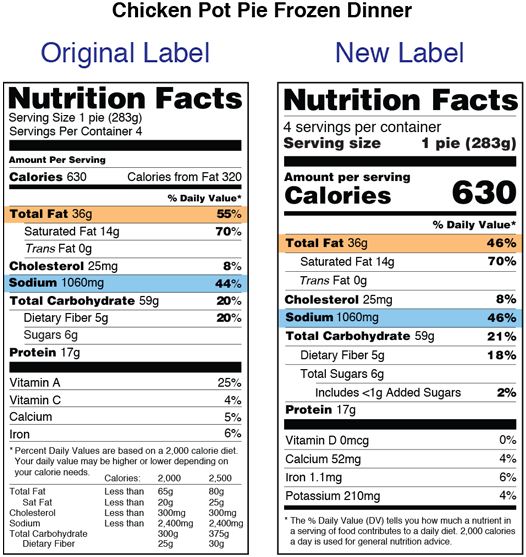
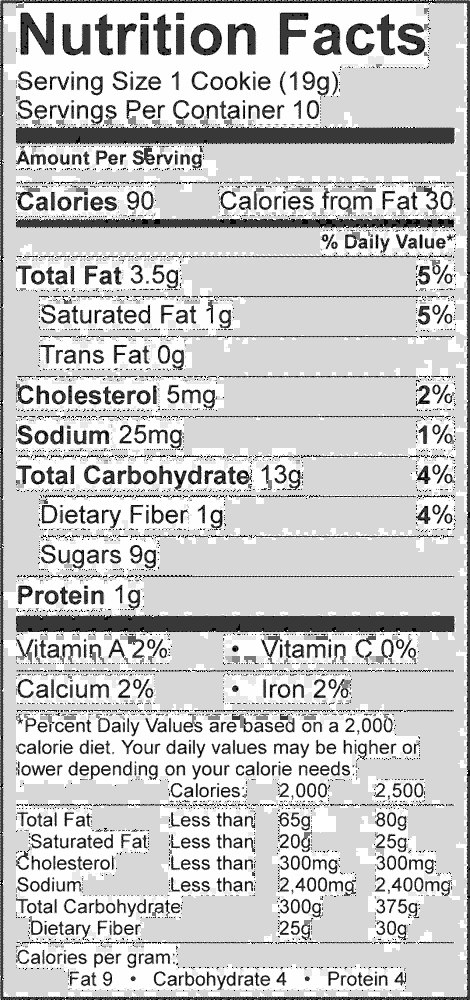
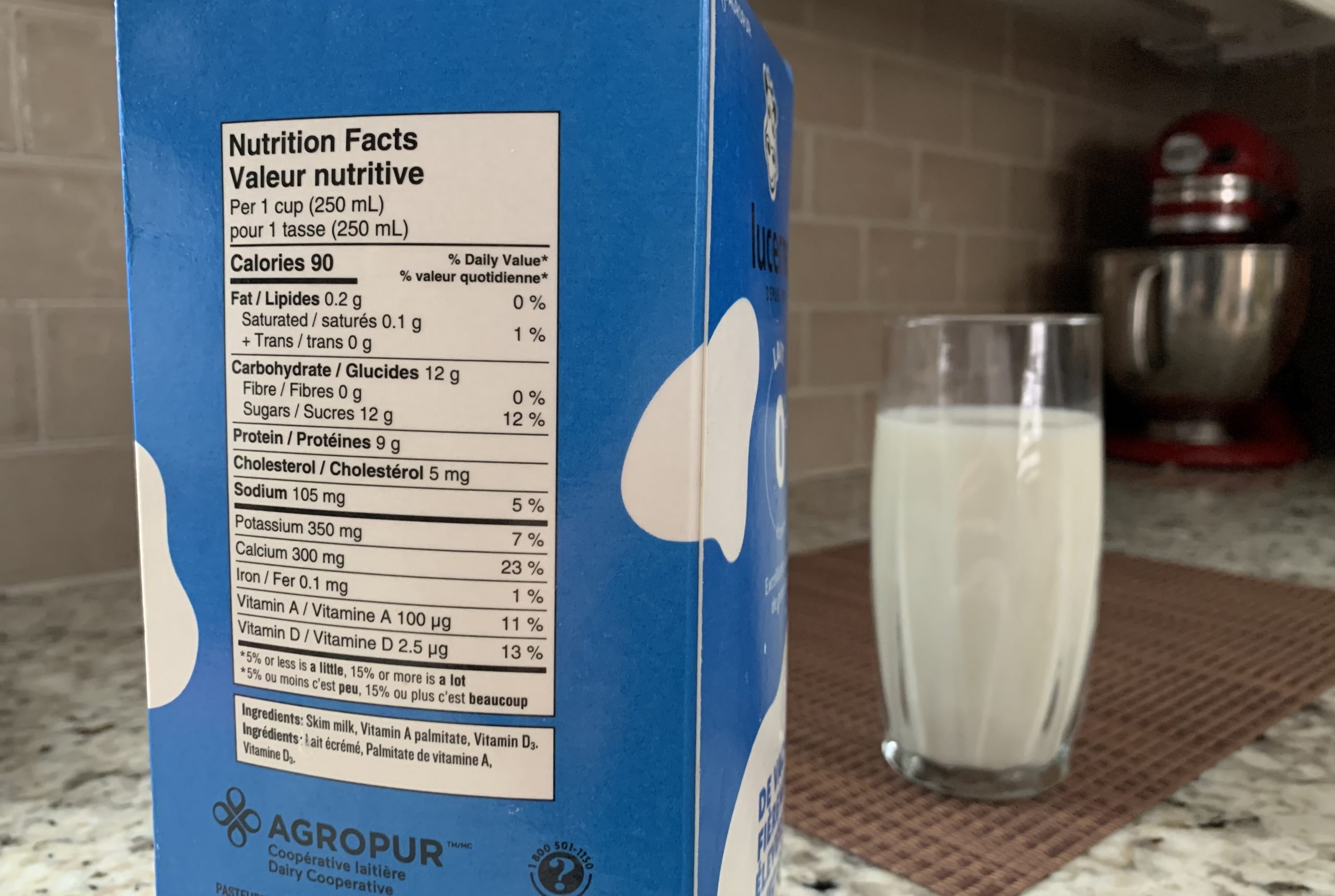


Post a Comment for "40 minerals on food labels"